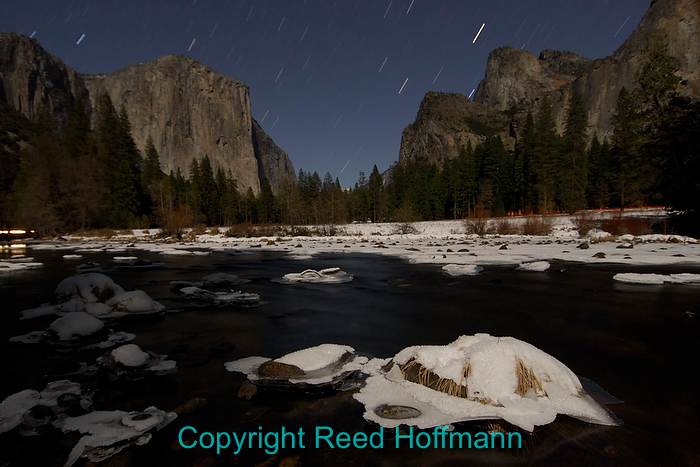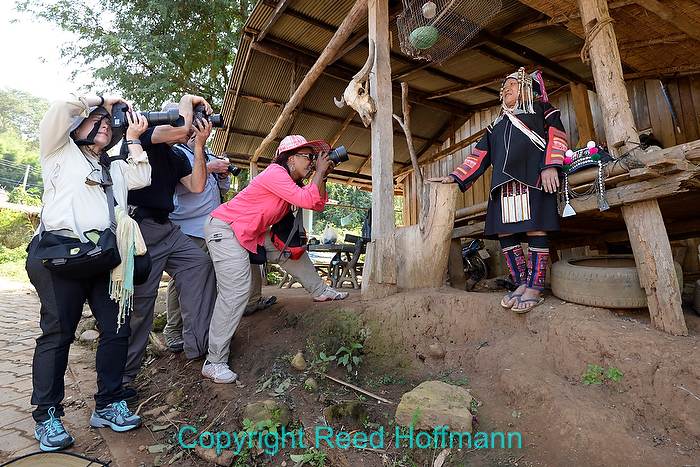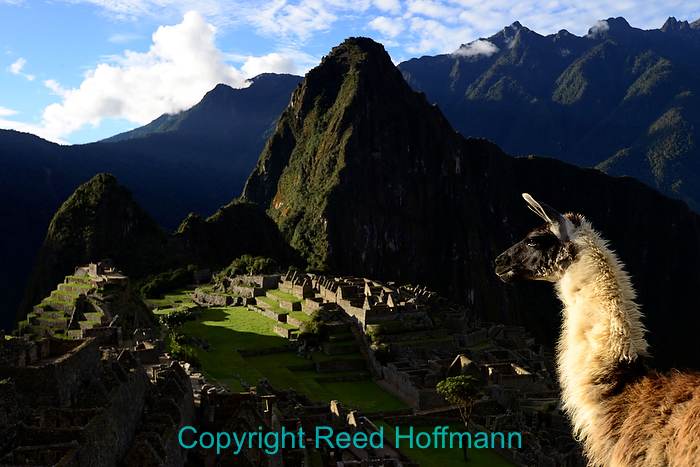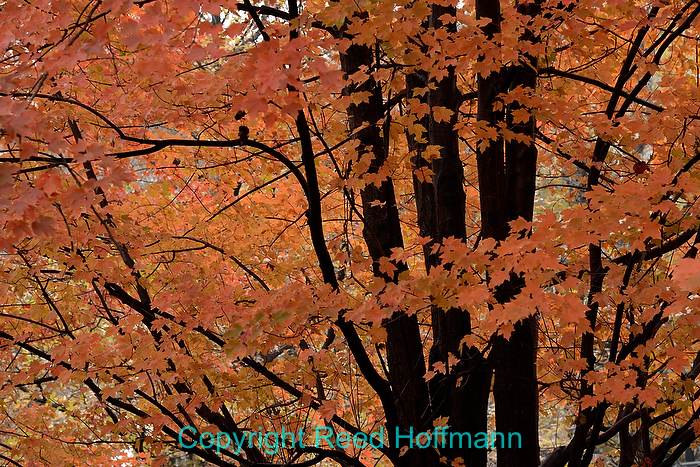Lately I’ve been reading about some past photographers and how they approached their work, and came across something that really hit home. It was the idea that to be successful as a photographer, you needed to clear your mind of all other thoughts. You had to be free from the daily worries, responsibilities and distractions that are part of our daily lives to be as creative as possible. Some refer to this as being an almost trance-like state. I don’t think I’ve ever gotten that far, but I know what they mean.
When I talk to people about taking photo trips, I explain that a big part of what makes a trip special is that you’re going with just one goal – to find and make good pictures. It doesn’t matter if you do it alone or with others, as long as everyone’s on the same page with that one goal. And if you want to be successful doing that, then put everything else aside – don’t worry about how much sleep you’re getting, when you eat, how early you start or how late you stay out. Email, phone calls, social media – everything else should take a backseat to photography.
This separation is one of the things I like most about a photo trip. When I’m home, trying to go out for a few hours to shoot, I’m still connected. I have phone calls to answer, texts to reply, a home and family and dogs to take care of. But when I get away from home, even for a day, I try to set all that aside. Mute the phone, ignore the texts, concentrate on finding good pictures.

If I’m in Yosemite, sleep is my last priority. We spent a couple of hours out late at night, in freezing weather, to shoot time exposures. Way more fun than sleeping! Nikon D200, ISO 200, 8.5-minute exposure at f/5.0, 12-24mm f/4 lens. Photo copyright Reed Hoffmann.
For some people, the best way to do that is to be alone, with no one else around. In my opinion, though, being with other people that share your passion is better. You can feed off the group’s energy, ideas and enthusiasm, and push yourselves to do more. Plus, having others around can be that extra motivation you need to get outside your comfort zone, try things and go places you otherwise wouldn’t.

“Normal” tourists” wouldn’t bother visiting a small Thai village, but we’re hoping for a unique experience, so willing to get off the regular tour route and be out for long days. Nikon D610, ISO 100,1/50 at f/5.6, EV -0.7, 16-35mm f/4 lens. Photo copyright Reed Hoffmann.
Overseas trips add another layer of separation, due to distance and time zones, and that’s part of their appeal to me. Sure, you can get an international phone plan and stay just as connected as being home. But maybe that’s not the best thing, if your goal is to focus on photography. Why not be disconnected for a bit, living in the moment of where you are and what you’re doing? You could argue that we’re actually TOO connected today. I’m amazed at the number of men who continue talking on their phone in public bathrooms. And who of us hasn’t seen people trip or run into something while staring at their phone? When on the road, there are always ways to stay in touch with home. Hotels and lodges have phones. Email access is nearly universal these days, even the camps we stay at in Africa in the middle of the Serengeti. Sure, check in every night to let everyone know you’re okay and make sure they’re safe and healthy too. But really, it’s okay to disconnect occasionally. Leave the TV off, ignore the newspapers. Free your mind to pursue photography. Live in the moment for photography, and only photography.

While most visitors have left to go to dinner, we stayed at Machu Picchu until the the last light in hopes of getting better pictures. We don’t mind going a little hungry it it means good pictures. Nikon D800, 16-35mm f/4 lens, ISO 200, 1/400 at f/5.6, EV -1.7. Photo copyright Reed Hoffmann.
Of course, this mindset can be hard to achieve, especially when home. It’s one of the things that sets a professional photographer apart from others. That ability to find and make special images with so many other things happening around them. Photojournalists are especially good at this. Whether it’s the action and mayhem of a sporting event or spot news (fire, car wreck, shooting…), being able to push all the craziness into the background and concentrate on the moment, making split-second decisions to find that unique picture that cuts to the heart of what’s going on.
So the next time you head out to shoot pictures, make a special effort to set aside those other concerns, if only for thirty minutes or an hour. Let all your energy flow into your photography, free your mind to be creative. You’ll be more relaxed, at peace, and your photos will likely be better. I bet you’ll be happier too. And that’s a great combination.
(If you want to put this to the test, join me on a photo trip. From weekends in the U.S. to overseas trips, you can see everything I’ve got scheduled, here)

